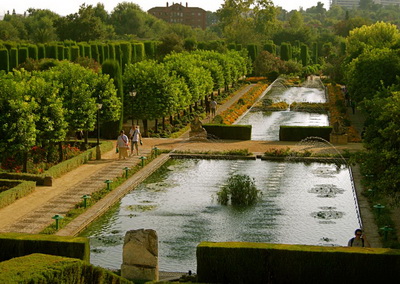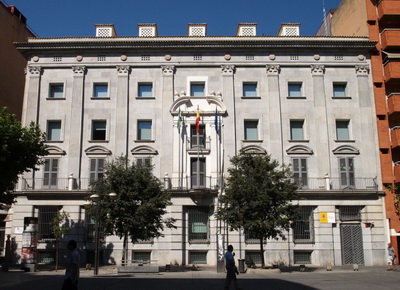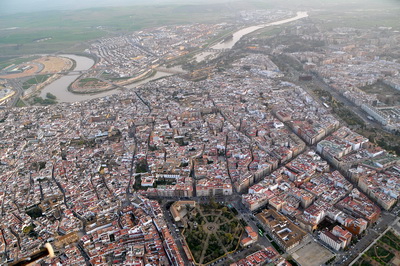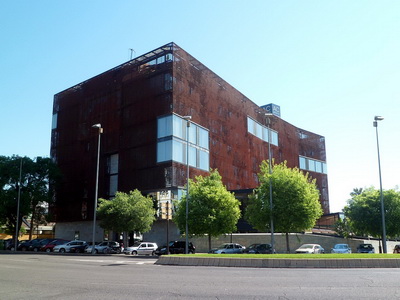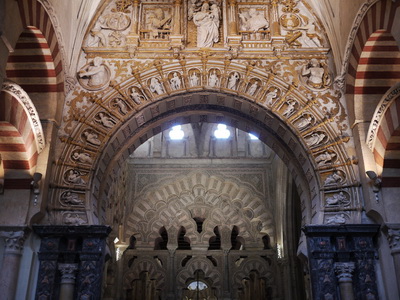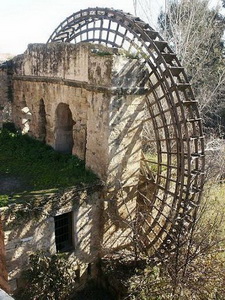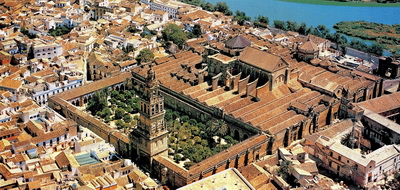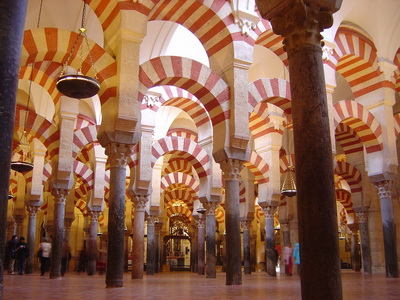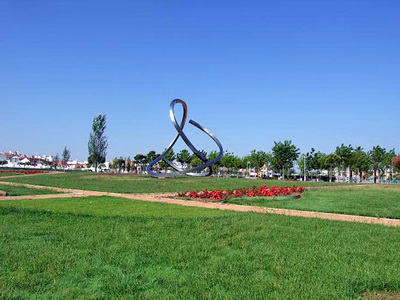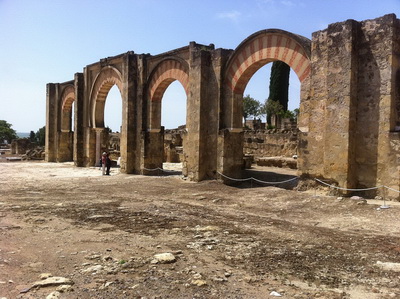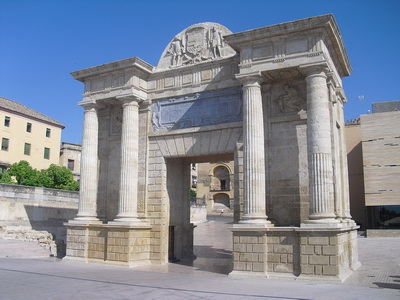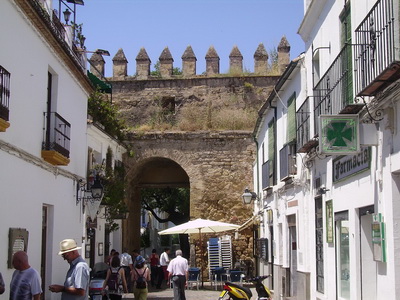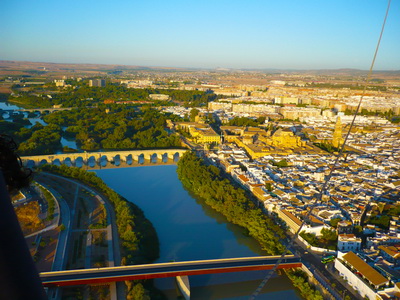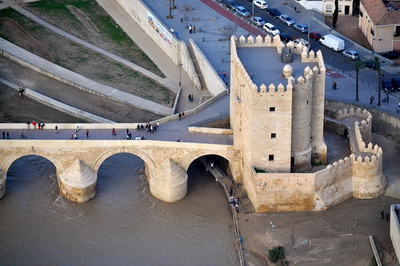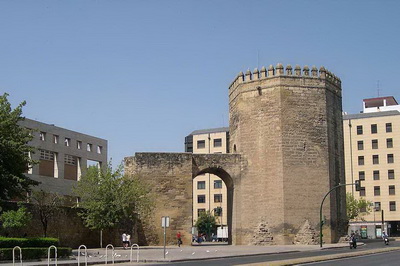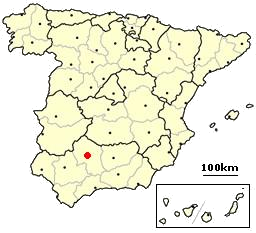 Located along a particularly curvaceous stretch of the Guadalquivir River (Rio Guadalquivir) and on the southern side of Spain, the Andalucian city of Córdoba is surrounded by vast expanses of scenic countryside. This is a sophisticated and attractive city, with hot summers and warm spring weather.
Located along a particularly curvaceous stretch of the Guadalquivir River (Rio Guadalquivir) and on the southern side of Spain, the Andalucian city of Córdoba is surrounded by vast expanses of scenic countryside. This is a sophisticated and attractive city, with hot summers and warm spring weather.
Many tourists researching a holiday and tourism in Córdoba find that spring is a particularly pleasant time to visit, when the city is filled with springtime flowers and most importantly, before the scorching summer heat reliably arrives. Spring makes its appearance in April and the temperature gradually begins to warm up month by month, reaching its peaks in July and August.
The city boasts a particularly lengthy and fascinating history, being founded more than 2,000 years ago by the Romans and once actually covering the majority of Andalucia. Today, Córdoba has become a popular tourist destination, with a maze of characterful streets spreading out from the historic Mezquita Cathedral and a beautifully preserved Old City district, which is now a World Heritage Site. For tourist information in Córdoba, the Municipal Tourist Office is to be found sitting on the Plaza de Juda Levi, on the southern side of the city centre and close to the Roman Bridge (Puente Romano).
The Plaza de las Tendillas functions as the main square in Córdoba and is to be found on the northern outskirts of the Mezquita (Mosque Cathedral), which began its life as a medieval mosque and has its origins as far back as the 8th century. Something of a tourist magnet, the Mezquita is a good place for visitors to begin their sightseeing, although there are certainly many other very worthy attractions spread around Córdoba. These include the Alcazar Califal castle - rebuilt in the 14th century, the Chapel of San Bartolomé - part of the city's university, with a fine Mudejar facade, the 15th-century Episcopal Palace - also known as the Obispado de Córdoba, and the 18th-century Palacio de la Merced - once visited by Christopher Columbus. More information about Córdoba Tourist Attractions.
 The very strong Christian, Muslim and Roman periods in the history of Córdoba have all helped to shape the city of today, with a number of ancient sites still standing in various guises. Providing a gateway into the city's Judéria district is the Puerta de Almodóvar, which dates from the 14th century and comes with a noticeable Moorish character. The fortified Alcazar de los Reyes Cristianos (or Alcazar of Córdoba) presides over the historic core of Córdoba, where it was once a regal palace called home by Spanish royalty and played an important role in the infamous Spanish Inquisition. Even older is the Roman Temple, with its ancient crumbling Corinthian columns forming the only surviving elements of a 1st-century temple in this former Roman city.
The very strong Christian, Muslim and Roman periods in the history of Córdoba have all helped to shape the city of today, with a number of ancient sites still standing in various guises. Providing a gateway into the city's Judéria district is the Puerta de Almodóvar, which dates from the 14th century and comes with a noticeable Moorish character. The fortified Alcazar de los Reyes Cristianos (or Alcazar of Córdoba) presides over the historic core of Córdoba, where it was once a regal palace called home by Spanish royalty and played an important role in the infamous Spanish Inquisition. Even older is the Roman Temple, with its ancient crumbling Corinthian columns forming the only surviving elements of a 1st-century temple in this former Roman city.

